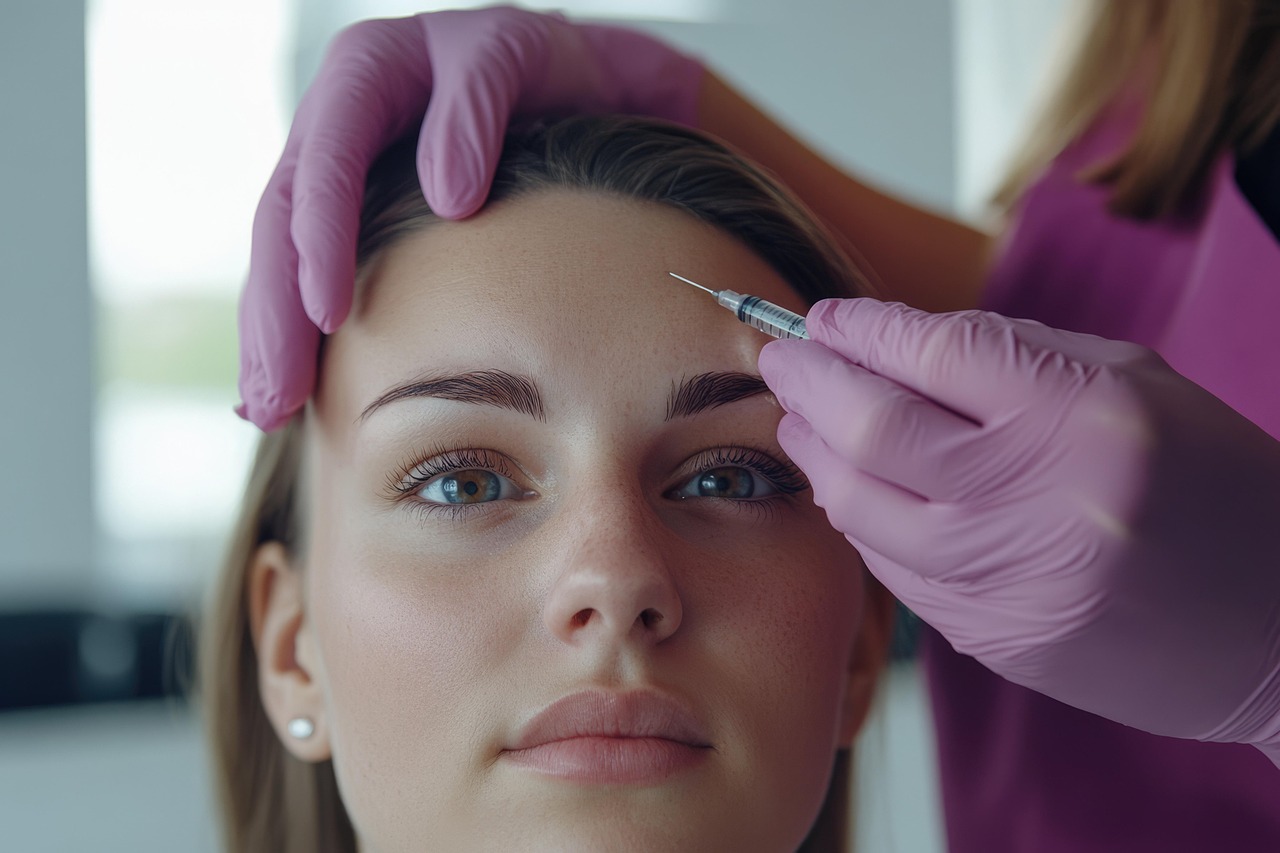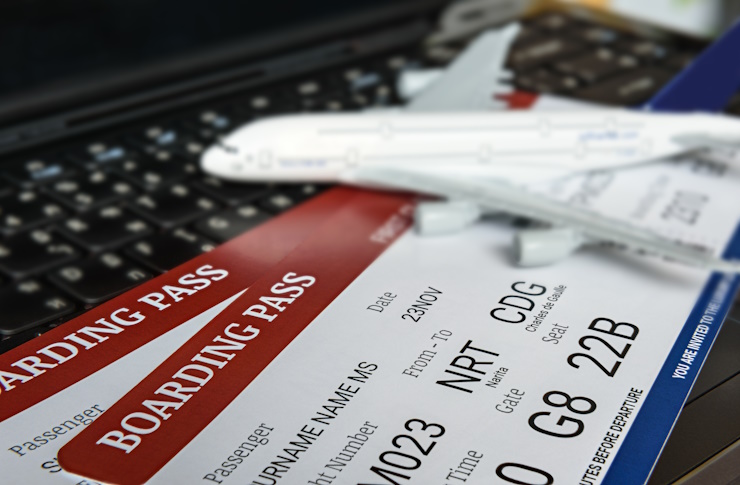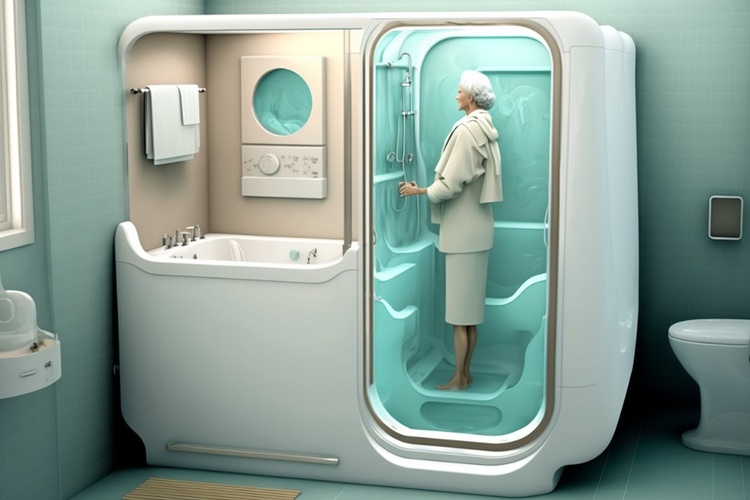Understand Botox for Wrinkles: Benefits, Procedure, and What to Expect
Botox injections have become one of the most popular cosmetic procedures worldwide for treating facial wrinkles and fine lines. This FDA-approved treatment temporarily relaxes targeted muscles to smooth the appearance of dynamic wrinkles. As more people seek non-surgical options for facial rejuvenation, understanding the science, procedure, and realistic expectations of Botox treatment becomes increasingly important.

Botox injections represent a significant advancement in non-surgical cosmetic procedures, offering individuals a way to address facial wrinkles without invasive surgery. Originally approved by the FDA for cosmetic use in 2002, Botulinum toxin type A (commonly known as Botox) has since become a household name in aesthetic medicine. This article explores the science behind Botox, what happens during treatment, potential risks, aftercare recommendations, and expert insights on its effectiveness for wrinkle reduction.
Exploring The Science Behind Botox
Botox works through a precise biological mechanism that temporarily affects muscle activity. The active ingredient, botulinum toxin type A, is a purified protein derived from the bacterium Clostridium botulinum. When injected in small, controlled doses, Botox blocks nerve signals to specific muscles, preventing them from contracting. This relaxation of targeted facial muscles reduces the appearance of dynamic wrinkles—those caused by repetitive muscle movements like frowning, squinting, or raising eyebrows.
The science behind Botox is particularly effective for treating three main areas: horizontal forehead lines, glabellar lines (the “11s” between eyebrows), and crow’s feet around the eyes. Unlike dermal fillers that add volume, Botox addresses wrinkles by addressing their muscular cause. The effects are temporary because the body gradually metabolizes the protein, allowing nerve signals to resume normal function over time, typically within 3-4 months.
Potential Risks And Side Effects Of Botox Treatments
While Botox has an established safety profile when administered by qualified medical professionals, patients should be aware of potential side effects. The most common minor side effects include temporary bruising, swelling, redness, or discomfort at injection sites. These typically resolve within a few days without intervention.
More significant but rare complications can include headache, flu-like symptoms, temporary eyelid drooping (ptosis), asymmetry, or an unnatural frozen expression if overtreatment occurs. Allergic reactions are extremely rare but possible. It’s worth noting that serious side effects are uncommon when Botox is administered by experienced practitioners using appropriate techniques and dosages. Contraindications include pregnancy, breastfeeding, neuromuscular disorders, and certain medications that could interact with the treatment.
What To Expect During A Botox Procedure
A typical Botox procedure is remarkably quick and straightforward, often referred to as a “lunchtime procedure” because it can be completed in 15-30 minutes. The process begins with a consultation where the practitioner evaluates facial anatomy, discusses treatment goals, and determines appropriate injection sites and dosages.
During the actual procedure, the provider cleanses the treatment areas and may apply a topical numbing cream, though many patients find this unnecessary given the minimal discomfort involved. Using a very fine needle, the practitioner injects small amounts of Botox into specific muscles. The number of injections varies depending on treatment areas but typically ranges from 3-5 injections for crow’s feet to 5-10 for forehead lines. Most patients report feeling only minor pinpricks rather than significant pain. No recovery time is needed, allowing immediate return to normal activities with minimal restrictions.
Aftercare Tips For Optimal Botox Results
Proper aftercare significantly influences Botox treatment outcomes. For the first 24 hours following treatment, practitioners typically recommend avoiding strenuous exercise, excessive heat exposure (including saunas, hot tubs, and tanning), and alcohol consumption. Patients should also remain upright for at least four hours and avoid rubbing or massaging the treated areas, which could potentially cause the toxin to migrate to unintended muscles.
To maximize longevity of results, dermatologists recommend consistent sun protection, proper hydration, and a quality skincare regimen including antioxidants and moisturizers. Some practitioners suggest gentle facial exercises beginning 24-48 hours after treatment to help the Botox settle effectively. Results typically become noticeable within 3-7 days, with full effects visible by two weeks. Regular maintenance treatments every 3-4 months help maintain consistent results over time.
Expert Insights On Botox Effectiveness And Longevity
Dermatologists and plastic surgeons generally agree that Botox effectiveness varies based on individual factors including age, skin condition, facial anatomy, and metabolism. Research indicates that Botox consistently provides 70-80% improvement in the appearance of moderate to severe wrinkles for most patients. Interestingly, long-term studies suggest that regular Botox users may require treatments less frequently over time as muscles become “trained” to contract less forcefully.
The duration of results typically ranges from 3-6 months, with most patients averaging about 4 months before noticing gradual return of muscle activity. Some experts note that starting Botox treatments earlier—in one’s 30s rather than 40s or 50s—may have a preventative effect by reducing the formation of deeper, more permanent wrinkles. Combined approaches using Botox alongside other treatments like dermal fillers, microneedling, or laser therapy often yield more comprehensive rejuvenation results than Botox alone.
Botox Treatment Costs And Provider Considerations
Botox pricing varies considerably based on geographic location, provider expertise, and treatment extent. Most providers charge either by unit (the measurement of Botox used) or by treatment area. On average, Botox costs between $10-25 per unit in the United States, with typical treatments requiring 20-60 units total depending on areas treated.
| Treatment Area | Average Units Required | Typical Cost Range | |—————-|————————|——————–| | Forehead Lines | 10-20 units | $100-500 | | Glabellar Lines (“11s”) | 15-25 units | $150-625 | | Crow’s Feet (both sides) | 10-15 units | $100-375 | | Full Face Treatment | 40-60 units | $400-1,500 |
Prices, rates, or cost estimates mentioned in this article are based on the latest available information but may change over time. Independent research is advised before making financial decisions.
When selecting a provider, credentials matter significantly. Board-certified dermatologists, plastic surgeons, and specially trained medical professionals typically deliver the safest, most natural-looking results. While med-spas may offer lower prices, the expertise of the injector directly impacts treatment outcomes and safety.
Botox treatments have revolutionized cosmetic dermatology by offering a non-surgical option for addressing facial wrinkles. When administered by qualified professionals following proper assessment and technique, Botox provides predictable, temporary improvement in dynamic wrinkles with minimal downtime. Understanding the science, procedure, potential risks, and realistic expectations helps patients make informed decisions about incorporating Botox into their aesthetic care regimen.
This article is for informational purposes only and should not be considered medical advice. Please consult a qualified healthcare professional for personalized guidance and treatment.




